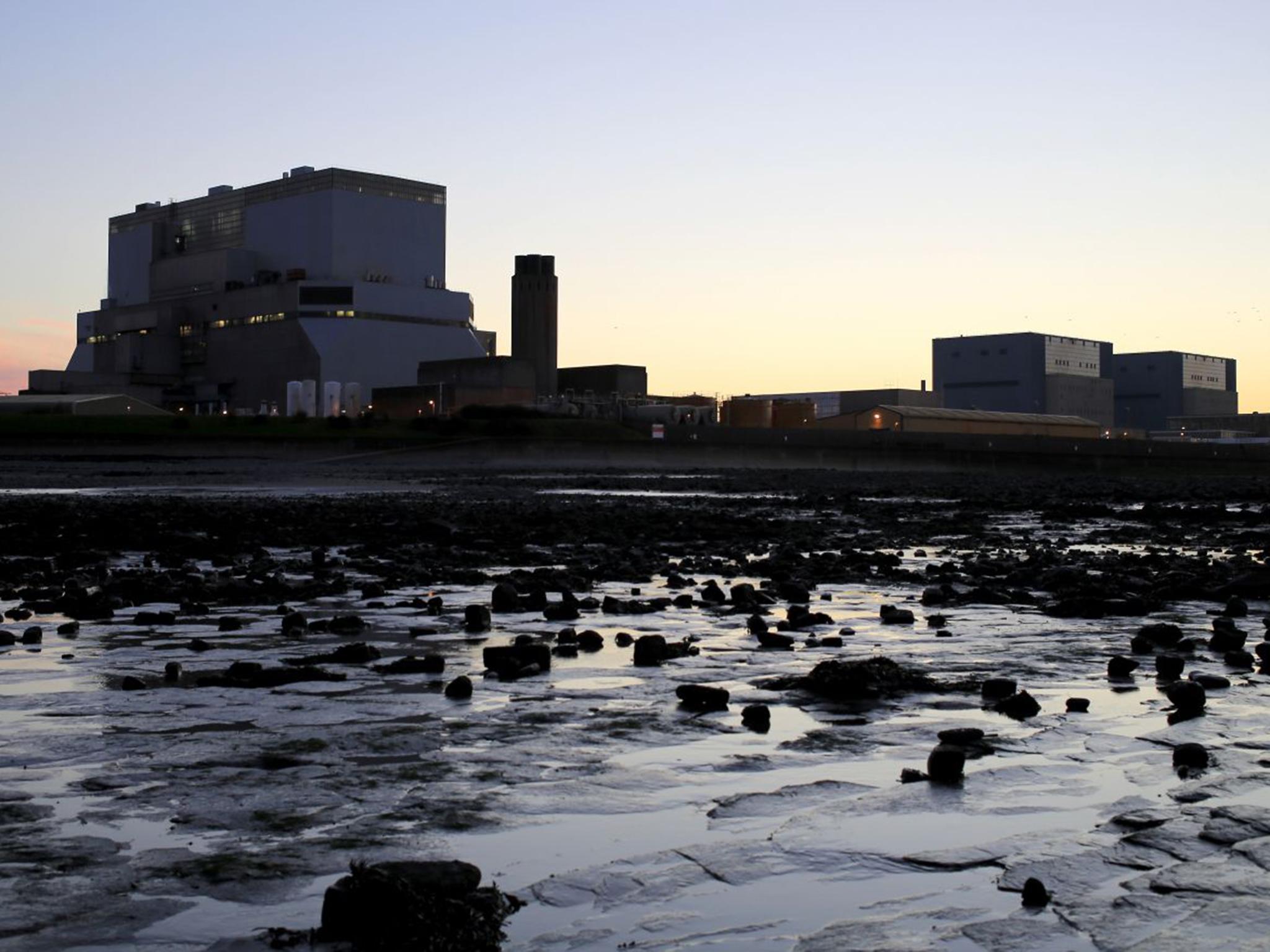Hinkley Point C is a bad project. Now it has the go-ahead can we please focus on making the future renewable?
The PM may have felt backed into a corner over the pricey plan. Her Government should now develop a renewable strategy to make the future sustainable

You wouldn’t believe that Prime Minister Theresa May had made a very big, and a very bad decision, from the rapid reactions clogging up my in box this morning.
Manufacturers, builders, engineers and business groups were cheering: All hail Hinkley Point C.
Yes, after a bit of dithering, the PM has decided one of the world’s most expensive white elephants is going to be built after all. That should at least spare Chancellor Philip Hammond a few blushes, given he publicly backed it shortly after Ms May handed him the keys to No 11 Downing Street.
You can see why the people I mentioned above are pleased. The economy is mired in uncertainty and will have to deal with a long-term kick in a painful place from Brexit. Hinkley provides some soothing balm, a handy economic jolt from the jobs and activity the monster project will create.
The project, led by French power company EDF with a little help from China, could also secure 7 per cent of the UK’s electricity needs when it eventually comes on stream, at a time when it desperately needs new generating capacity.
However, the best early response to the decision, I thought, came from David Elmes, head of the Global Energy Research Network at the Warwick Business School. “This is what being painted into a corner feels like,” he said.
That corner was created by years of Government inaction despite a generation of dirty coal power plants coming offline as the existing line up of nuclear power plants steadily aged and commitments were made on climate change that the UK is now struggling to meet.
Add in the time, money and effort already sunk into Hinkley, the wide variety of groups invested in its construction (see above) and the likelihood that a civil servant probably told the PM she was being “courageous” whenever she mooted pulling the plug and you can see where Mr Elmes is coming from.
I’m not personally opposed to nuclear per se. Carbon dioxide and other greenhouse gases are far more insidious and dangerous pollutants than even nuclear waste. The climate change that follows from the release of those gases will kill and damage the health of more people by orders of magnitude than will nuclear waste. Nuclear is not a carbon-free energy source (quite a bit will be pumped into the air in the building of Hinkley) but it still wins out over fossil fuels.
It is for this reason that I was once a supporter of Hinkley. I probably still would support nuclear if it made economic sense and could be brought online at lower risk, but there is scant evidence that it can be.
As the worthy Mr Elmes points out, this project was started a decade ago when it was hoped that the companies involved could deliver it on time and at a reasonable cost. That was always a tough ask given the way these projects go in the UK, and so it has proved. But since then wholesale electricity prices have also fallen sharply, the potential “top-up costs” to the UK consumer have soared, and viable alternatives have been identified.
Don’t just take my, or his, word for it. The National Audit Office (NAO), with no axe to grind, and no role other than to assess the bang for the taxpayer’s buck, warned that the plan might cost as much as £30bn in top-up payments because of the £92 per kilowatt hour guarantee for power from Hinkley, which is double the current wholesale price.
The Infrastructure & Projects Authority put the potential cost of the new nuclear development at a staggering £37bn.
The Energy & Climate Intelligence Unit, an independent think tank, said it was unnecessary and that Hinkley’s power could be provided by as few as four big wind farms, if they were in addition to those already planned.
Technology has moved on. Economics have moved on. Generating energy from renewable sources is an increasingly realistic alternative.
The decision to go ahead with Hinkley is a bad one but it looks like the taxpayer is just going to take one for the team. To compensate us for that, the Government now needs to put time, energy and money to work into developing a serious and a sustainable new long term strategy for Britain’s energy needs moving forward.
Business news: In pictures
Show all 13That must involve greater investment in, and incentives for, energy from renewable sources. But again, don’t just take my word for it. Take a look at that NAO report has to say about it..
Unfortunately, renewables are still regrettably seen in some quarters, including in Government quarters, as the place where tree huggers go to play, as nice in theory but out of touch with hard economic reality.
That thinking is horribly and hopelessly outdated but it does help to explain bad decisions like Hinkley. It needs to end. To make the future sustainable its sources of energy need to be be renewable.
Subscribe to Independent Premium to bookmark this article
Want to bookmark your favourite articles and stories to read or reference later? Start your Independent Premium subscription today.

Join our commenting forum
Join thought-provoking conversations, follow other Independent readers and see their replies